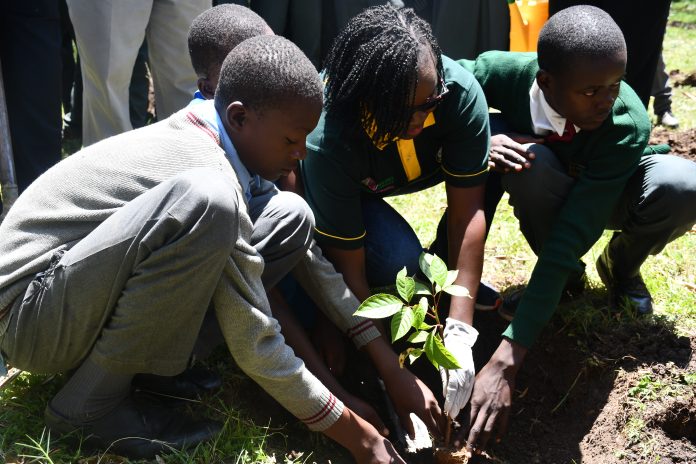Every year the world loses over 10 billion trees to deforestation making this loss the biggest global emergency in the history of the human race. The tropical rainforest which mainly sustains biodiversity like the Amazon forest and the Congo Basin are now in danger. These forests are home of majority the world’s animals, insects, birds, and plants.
The Amazon also known as the ‘’lungs of the earth’ covers over half of the earth’s remaining rainforests and it comprises the largest and most diverse species and river systems. Both the Amazon forest and the freshwater systems are at risk as the Amazon is now emitting more carbon than it absorbs.
The World Forest Fund estimates that if the current deforestation continues, 27% of the Amazon will be without trees by 2030. Therefore, we not only need to protect the world’s largest tropical rainforest but also all other forests and the environment at large. We can do this through conserving the environment and tree planting.
Forests help in carbon sequestration, by breathing in carbon dioxide and breathing out oxygen. There is evidence that both new trees and existing forests can bring down the concentration of carbon dioxide in the atmosphere.
Trees store more carbon in their bodies and hold on to it longer than most plants because they are larger, denser, and live longer than the average blade of grass. Logging of trees and development that takes place in the forests changes the ability of trees to absorb and hang onto carbon.
Forests not only absorb carbon, they also provide livelihoods for people like herbalists, and grocers. They reduce the urban heating effect through evaporative cooling and reducing the amount of sunlight that reaches parking lots and buildings. They also filter the air we breathe, offer shade, and act as a windbreaker too.


